
Without preamble, the three-piece band cuts loose. In the spotlight, the lanky singer flails furious rhythms on his guitar, every now and then breaking a string. In a pivoting stance, his hips swing sensuously from side to side and his entire body takes on a frantic quiver, as if he had swallowed a jackhammer… He is Elvis Aaron Presley, a drape-suited, tight-trousered young man of 21, and the sight and sound of him drive teenage girls wild. All through the South and West, Elvis is packing theaters, fighting off shrieking admirers, disturbing parents, puckering the brows of psychologists, and filling letters-to-the-editor columns with cries of alarm and, from adolescents, counter-cries of adulation.
—Teeners’ Hero, Time, May 14, 1956
In the mid-1950s, the post-war Eisenhower era of social conformity in America was at its peak, and musically, the most threatening image appeared to be Bill Haley’s kiss-curl as he sang “Rock Around The Clock.” That all changed on Jan. 28, 1956, when a raw and electric Elvis Presley made his breakthrough on the CBS program Stage Show. Presley’s good looks, sensuous moves and mesmerizing voice made him a sensation overnight. But it wasn’t until a third appearance on the show that Presley truly challenged the status quo. On Feb. 11, the singer performed “Heartbreak Hotel” and by April, the single would be #1 on the Billboard chart. At last, teenagers had music of their own to swoon over while their parents continued listening to Frank Sinatra and Mario Lanza.
Presley would continue that momentum throughout 1956, a pivotal year that is the subject of a new box set collection on the musician. Young Man With the Big Beat, released by Sony Legacy on Sept. 27, features five discs of audio and a booklet of rare images, interviews and day-to-day chronology of Presley’s breakthrough year.
The set charts the King of Rock an Roll’s whirlwind year as he became a multi-million selling recording artist, movie star and national phenomenon. On March 23, 1956, two days after RCA released his debut album, Elvis Presley, the musician flew to Los Angeles for a screen test with producer Hal Wallis. In addition to lip-synching “Blue Suede Shoes” with a string-less guitar, his acting potential was tested by two mock scenes from a forthcoming Burt Lancaster movie, The Rainmaker. Wallis, convinced that Presley’s charisma would translate well on the big screen, immediately drafted a seven-picture contract.
While in California, Presley made his first appearance on The Milton Berle Show on April 3, where he won the crowd over with a comedy sketch act as Berle’s pretend twin-brother, Melvin. It was Presley’s second appearance on the show a couple months later, however, that really made headlines. The singer’s grinding hip motions during a June 5 set angered television critics and earned Presley the nickname “Elvis the Pelvis.”
Presley dealt with all this indignation maturely, telling one publication: “My pelvis had nothin’ to do with what I do. I just get kinda in rhythm with the music, I jump around to it because I enjoy what I’m doin’… I’m not tryin’ to sell any sex, I’m not tryin’ to look vulgar and nasty.”
Several weeks later, on July 1, Presley appeared on The Steve Allen Show, clad in a tuxedo, performing his new single “I Want You, I Need You, I Love You.” As if this stiff attire wasn’t humiliating enough, he then had to perform his next single, “Hound Dog” to an actual sad-faced live basset hound. It seemed the establishment was keen to ridicule this “young upstart,” who in many a critic’s mind, was contributing to juvenile delinquency across America.
But Presley would get vindication soon enough. “Hound Dog” went on to sell more than three million units within six months and reached number one on the Billboard singles chart. Finally the cynics, who initially considered Presley to be a passing fad, were silenced. Even television host Ed Sullivan, who had said he wouldn’t touch Presley with a 10-foot pole, succumbed to the magic, booking him for three appearances on his primetime show, the first of which was recorded in Hollywood on Sept. 9 and watched by 60 million viewers.
With all his music success, Presley’s dream of film stardom was also fully realized when he began work on his first motion picture for 20th Century-Fox, Love Me Tender, on Aug. 16. As an avid moviegoer, he admired James Dean and Marlon Brando and longed to follow in their footsteps. Presley went on to make more than 30 feature films during his career, and though he never became the “serious” actor he aspired to be, he got incredibly close with astute performances in both MGM’s Jailhouse Rock (1957) and Paramount’s King Creole (1958).
Presley’s final single during his remarkable year was the title track from Love Me Tender, which premiered at the Paramount Theater in New York on Nov. 16. The single sold 2.5 million as Presley’s second album, Elvis, topped the charts. In December, the singer returned to his hometown of Memphis, where it all began for him in 1954. There, he returned to Sun Studio to meet up with old labelmates Jerry Lee Lewis, Johnny Cash and Carl Perkins, and a local photographer captured the “million-dollar quartet” for posterity. As the year came to an end, Presley’s life returned to some kind of normalcy as he played touch football with friends at a local community center on Dec. 27. But the respite was temporary; Presley’s life would never again be that simple.
Young Man With the Big Beat will be released by Sony Legacy on Sept. 27 and is also available from Elvis1956.com. It contains the complete 1956 masters and more than three hours of bonus material, including outtakes, rare live recordings and a 84-page booklet of liner notes, rare photos and day-by-day chronology of the musician’s breakthrough year.
Roger Semon is a music producer and consultant who was nominated for a Grammy in 1992 for Elvis Presley—The King of Rock ‘n’ Roll box set.
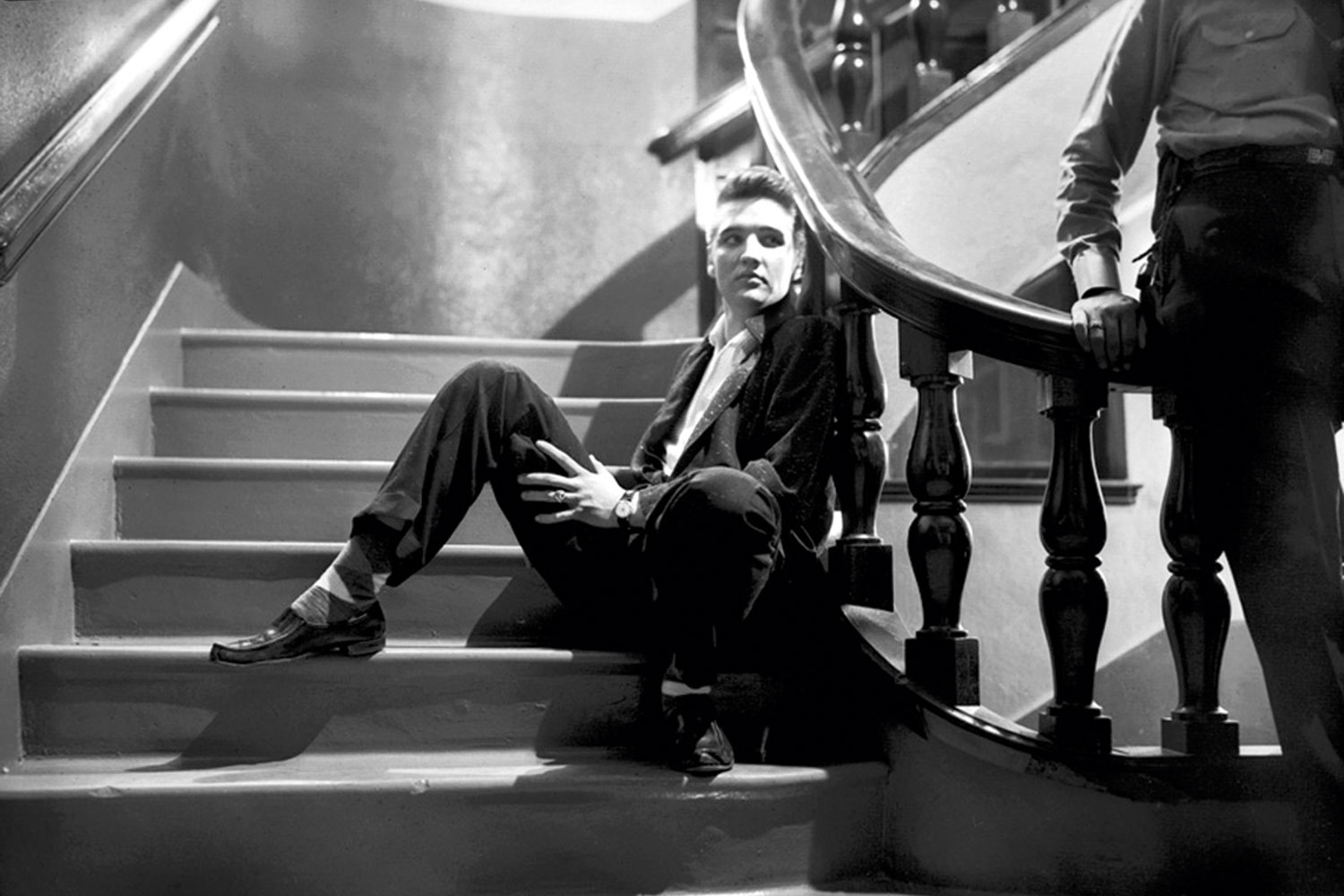

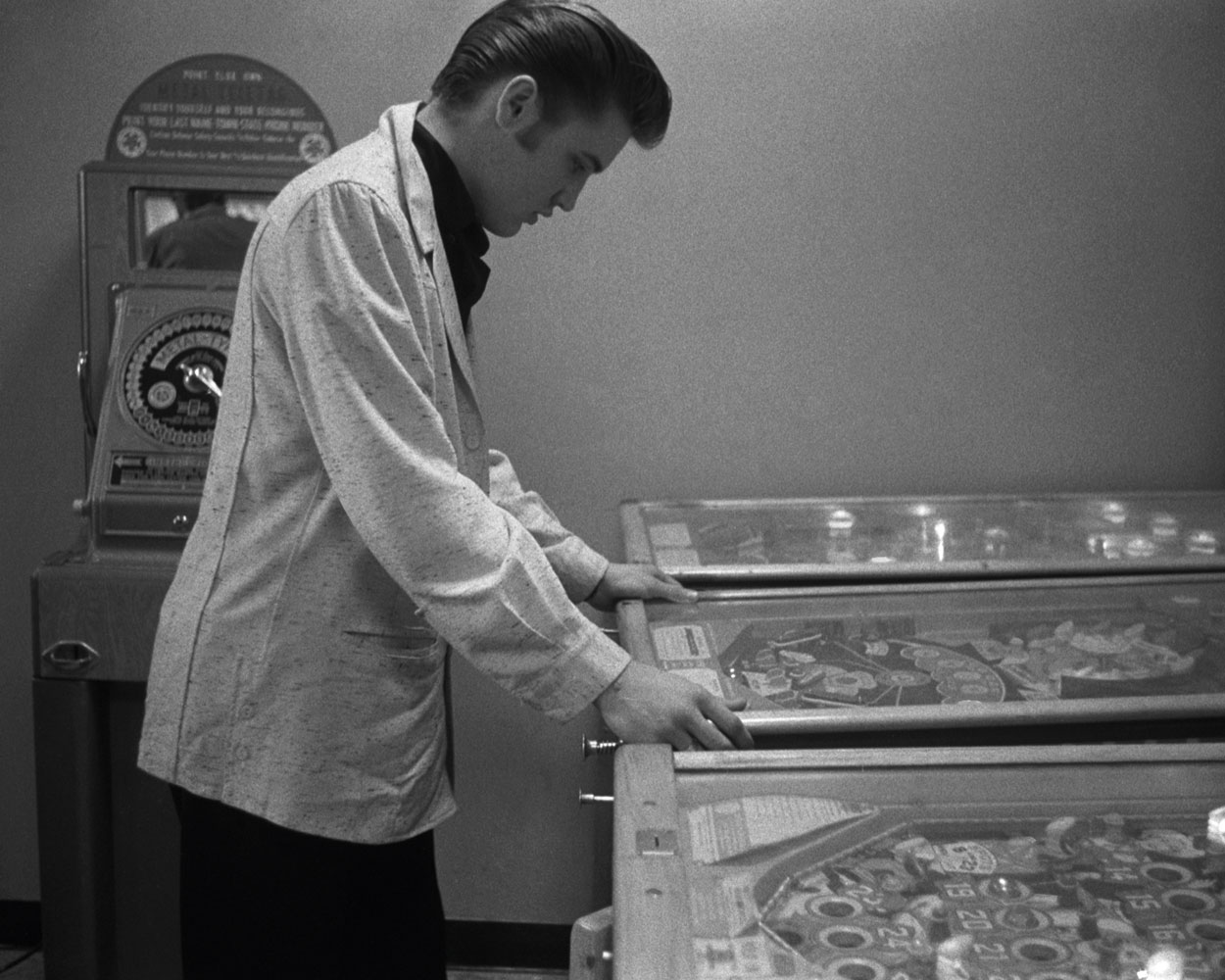
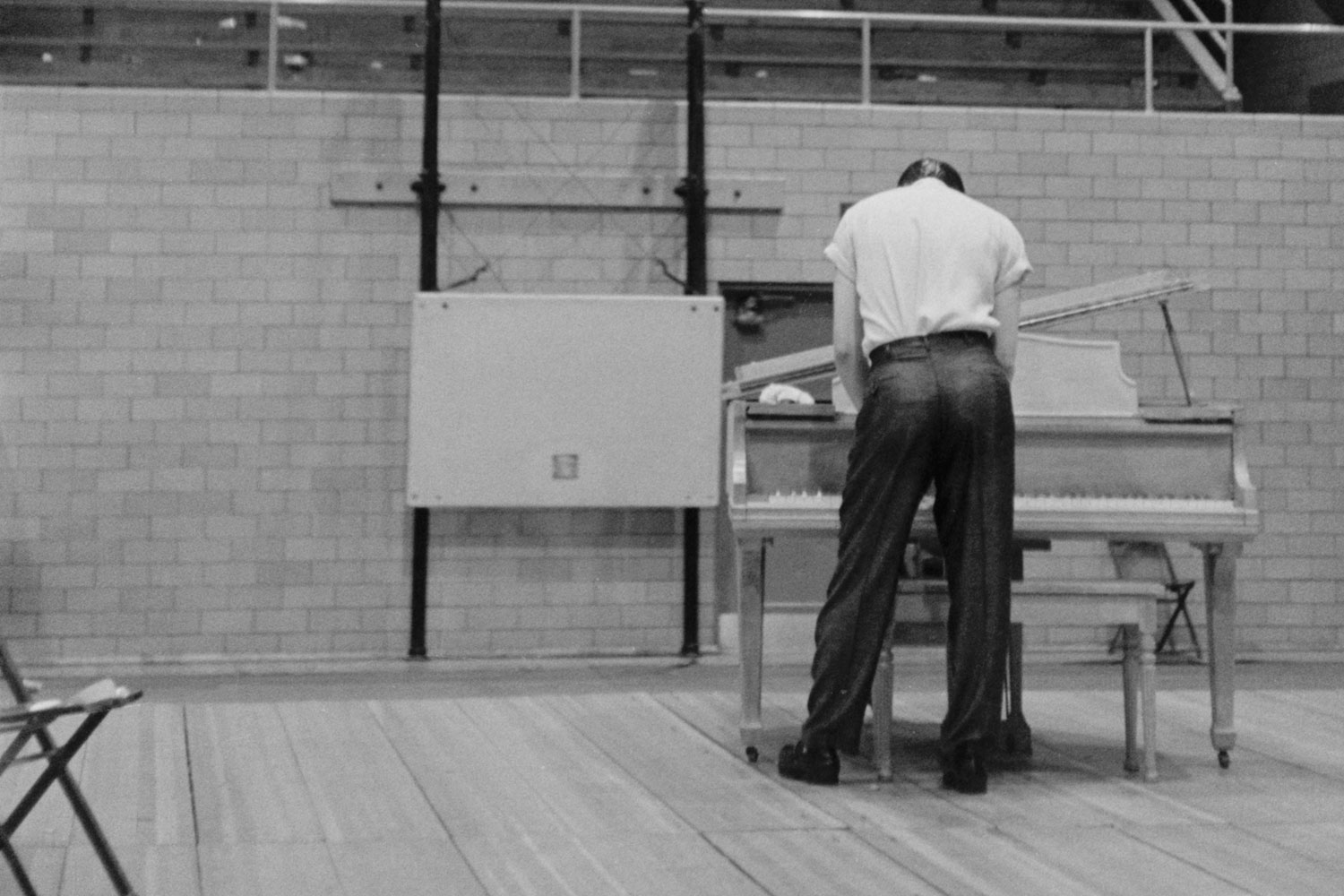
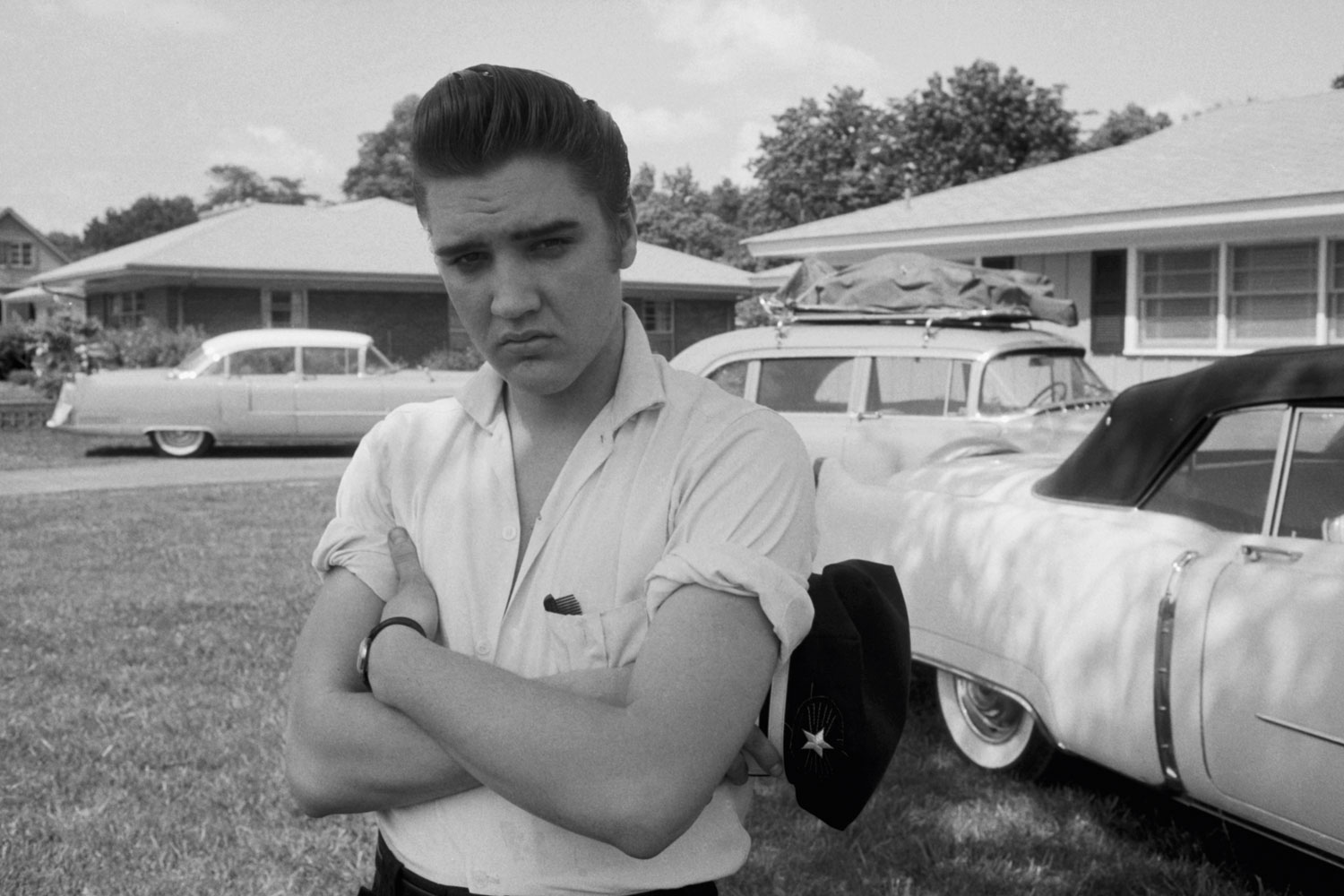

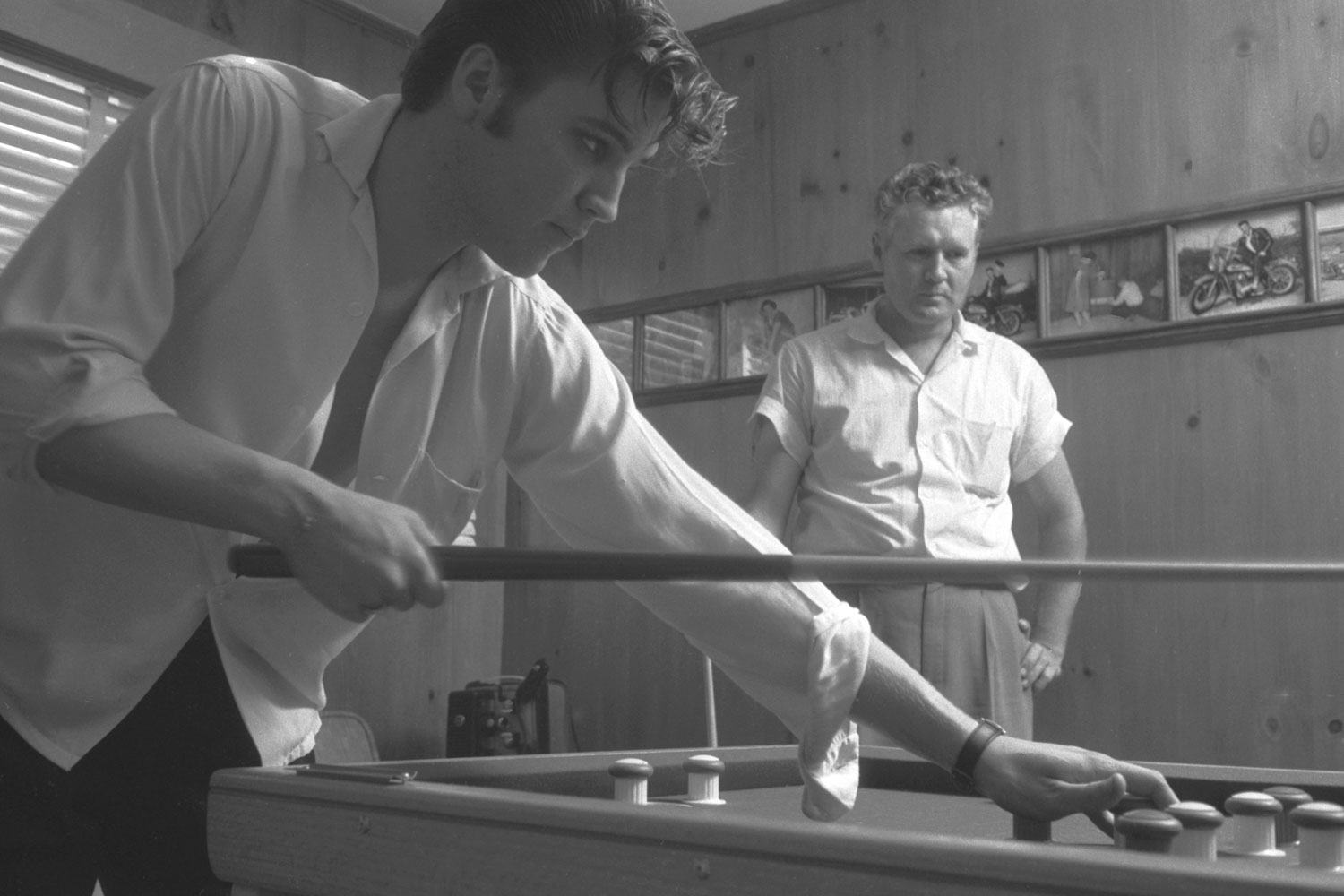
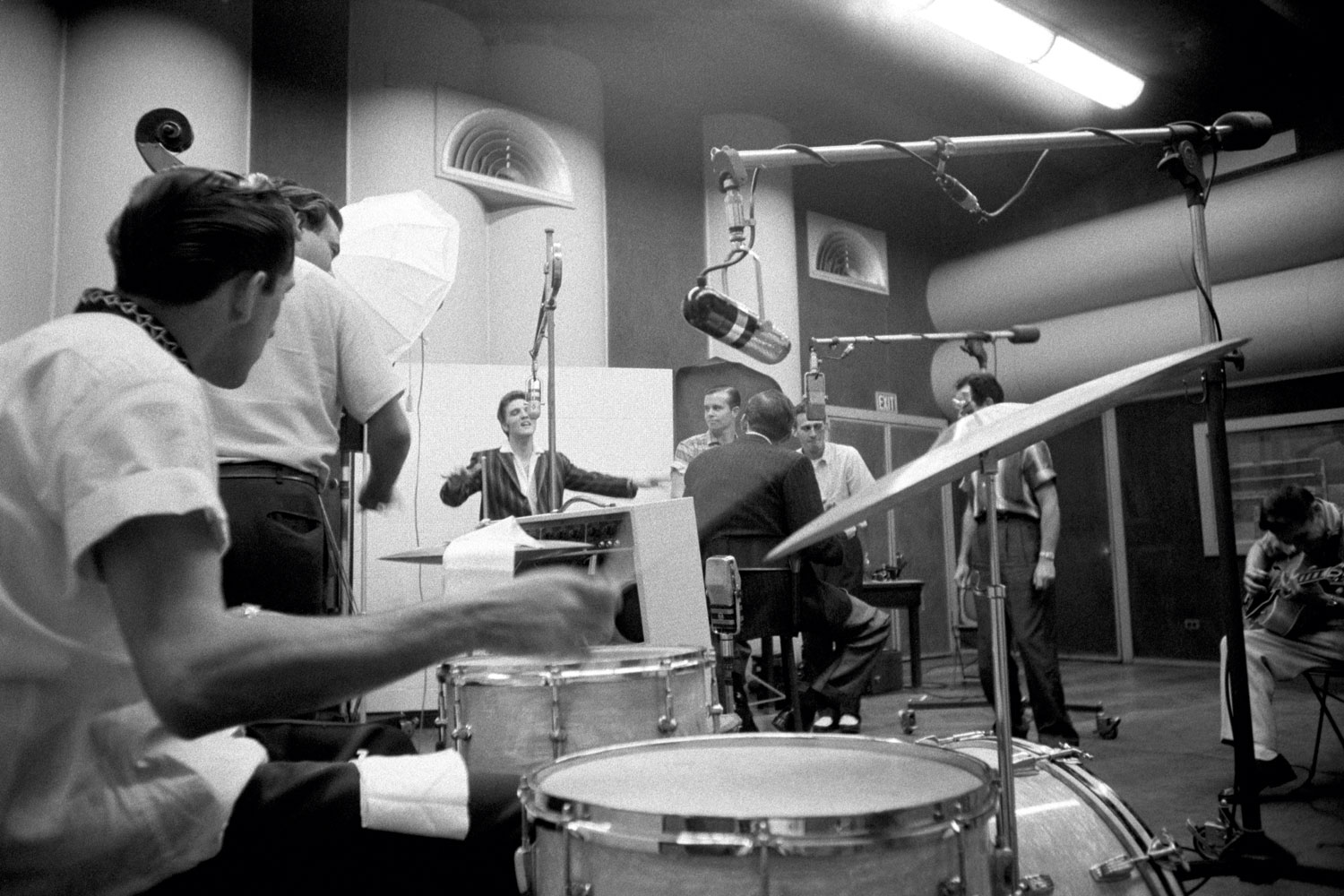


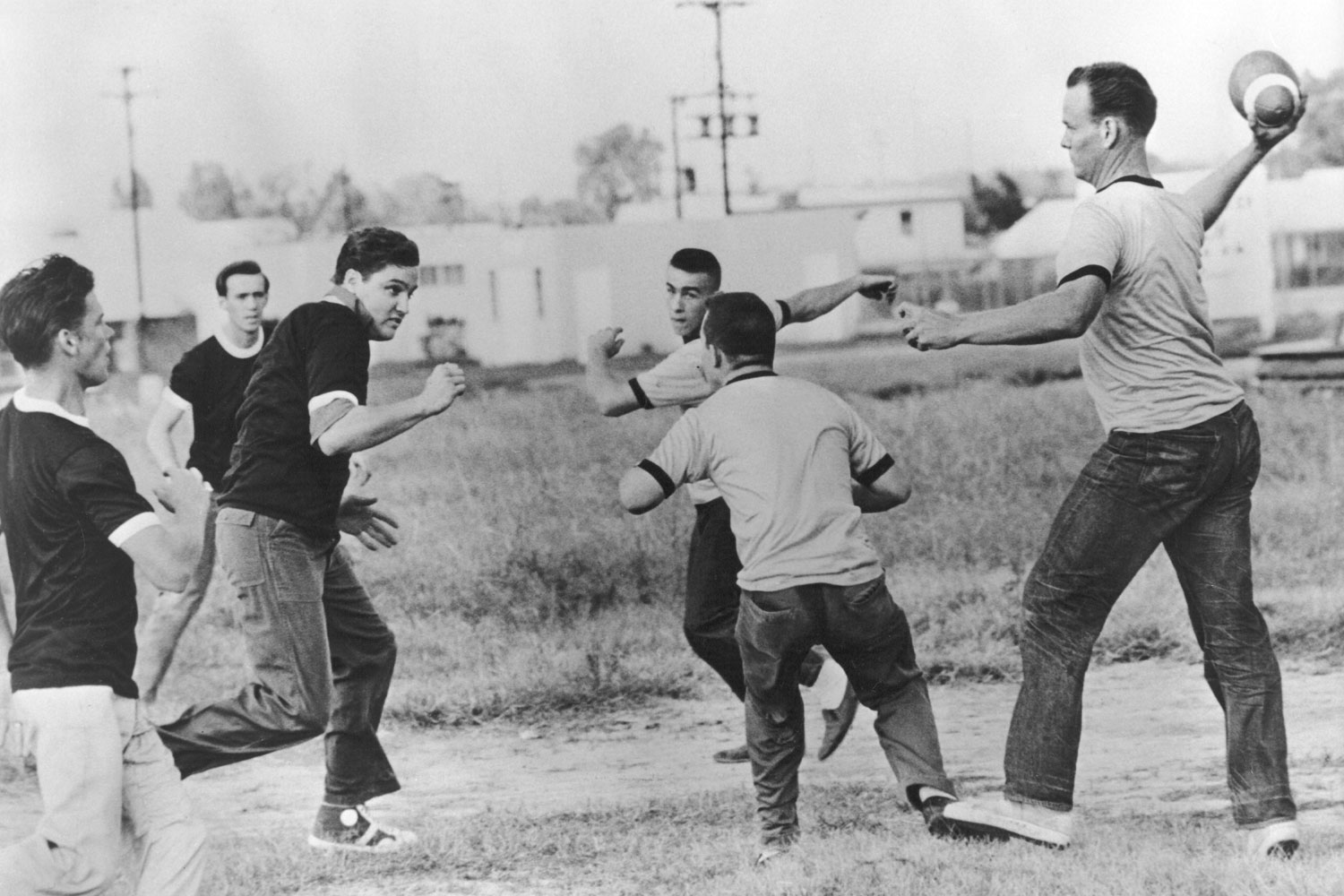

More Must-Reads from TIME
- Donald Trump Is TIME's 2024 Person of the Year
- Why We Chose Trump as Person of the Year
- Is Intermittent Fasting Good or Bad for You?
- The 100 Must-Read Books of 2024
- The 20 Best Christmas TV Episodes
- Column: If Optimism Feels Ridiculous Now, Try Hope
- The Future of Climate Action Is Trade Policy
- Merle Bombardieri Is Helping People Make the Baby Decision
Contact us at letters@time.com